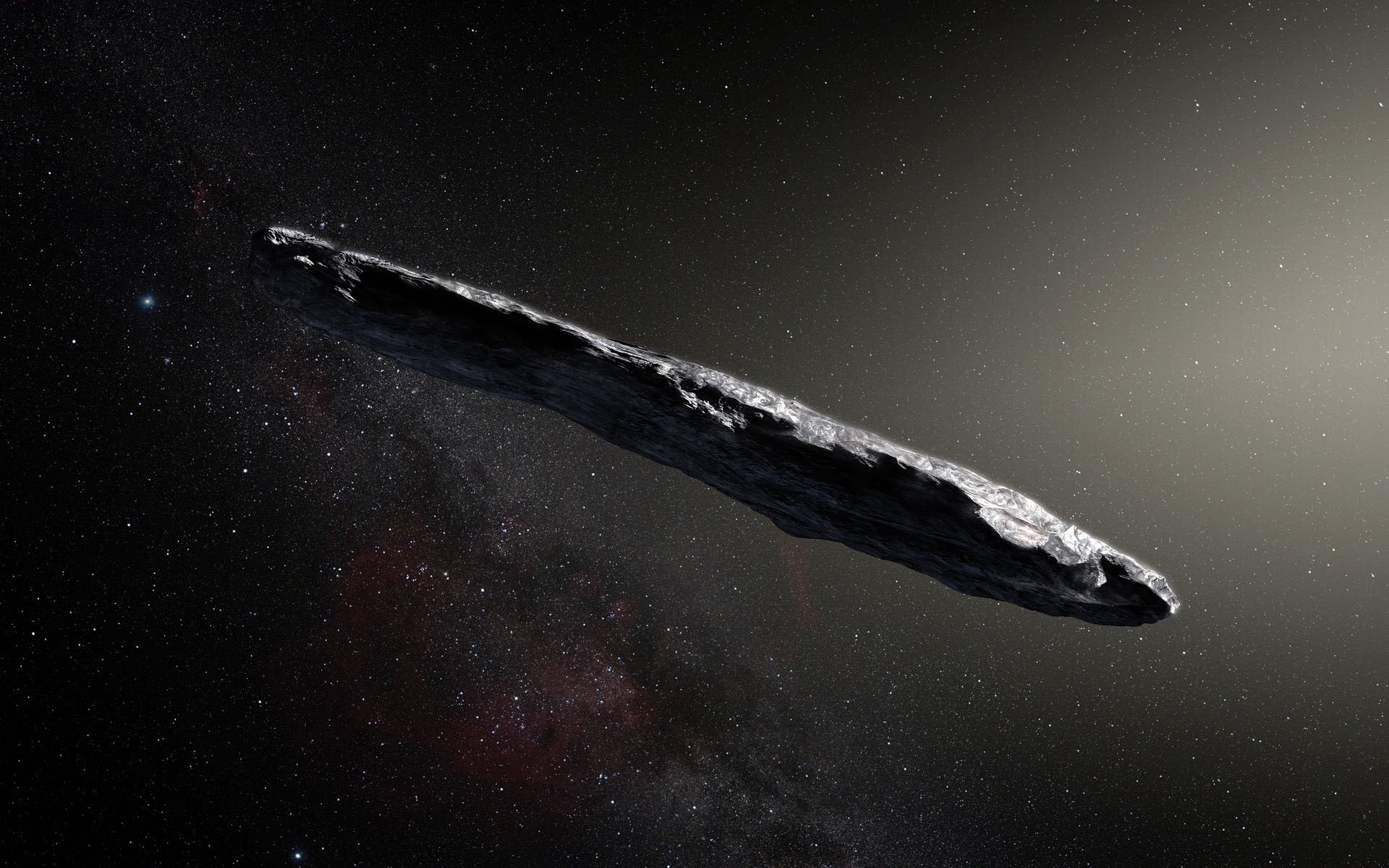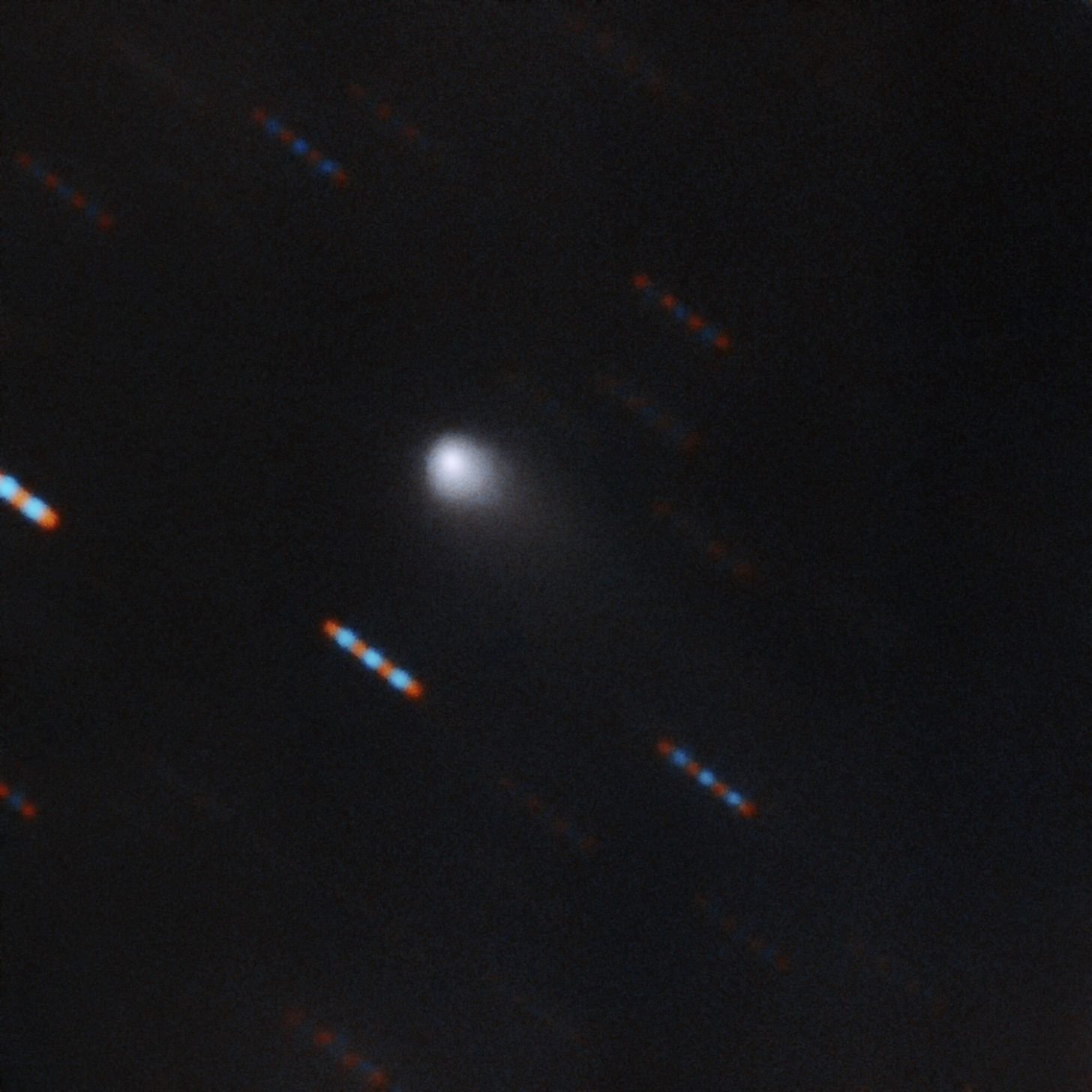Astonishingly, not one but two interstellar asteroids have been detected entering our solar system since 2017.
The first was given the Hawaiian name ‘Oumuamua, meaning ‘messenger from afar,’ after its discovery by Canadian astronomer Robert Weryk. The second, 2I/Borisov, was named for its discoverer Gennadiy Borisov.
Paul Wiegert from Western University’s Institute for Earth & Space Exploration is now tracing the origins of these far-travelling bodies with his former undergraduate student Tim Hallatt, the lead author on the paper, now a graduate student at McGill University.
Preliminary findings from the Western-led team were submitted today to Astronomical Journal.
“Our solar system is big. It contains all the planets and asteroids, everywhere we’ve ever been or sent a spacecraft to,” explains Hallatt. “But our galaxy is truly vast. It’s more than 100,000 times bigger than our solar system. The Milky Way Galaxy contains all the stars we can see on a clear night plus their solar systems. When a visitor from the wider galaxy passes through our solar system, we know we have an unprecedented opportunity to study something special.”

The wider galaxy has more than 100 billion stars so determining the origin point of interstellar guests is no easy matter. Exactly how they form remains unknown. But by tracing their motion back in time, it is possible, at least in principle, to determine where they originated.
That’s what Wiegert and Hallatt are doing. They started the project by investigating our first interstellar guest ‘Oumuamua and determined that because of its relatively low speed with respect to our galaxy, it could actually be quite young – astronomically speaking.
“Young here means less than 100 million years old. Not young in human terms, but this is a short time compared to the age of our galaxy, which is estimated to be 100 times older at 10 billion years,” says Hallatt.

2I/Borisov became part of the study after its unexpected appearance earlier this year, though it’s likely much older than ‘Oumuamua making it that much harder to trace. Though the ongoing movements of our galaxy’s denizens have so far made it impossible to determine ‘Oumuamua’s precise point of origin, Hallatt and Wiegert were able to calculate that the origin should be within our local galactic neighbourhood and relatively easy to study telescopically, if only it could be found.
“Being able to study the origin system of such travellers would provide a wealth of clues,” says Wiegert, a professor in Western’s Department of Physics and Astronomy. “Though their origin remains elusive, we’re gradually drawing in the net. It’s only a matter of time before these travellers reveal their secret.”